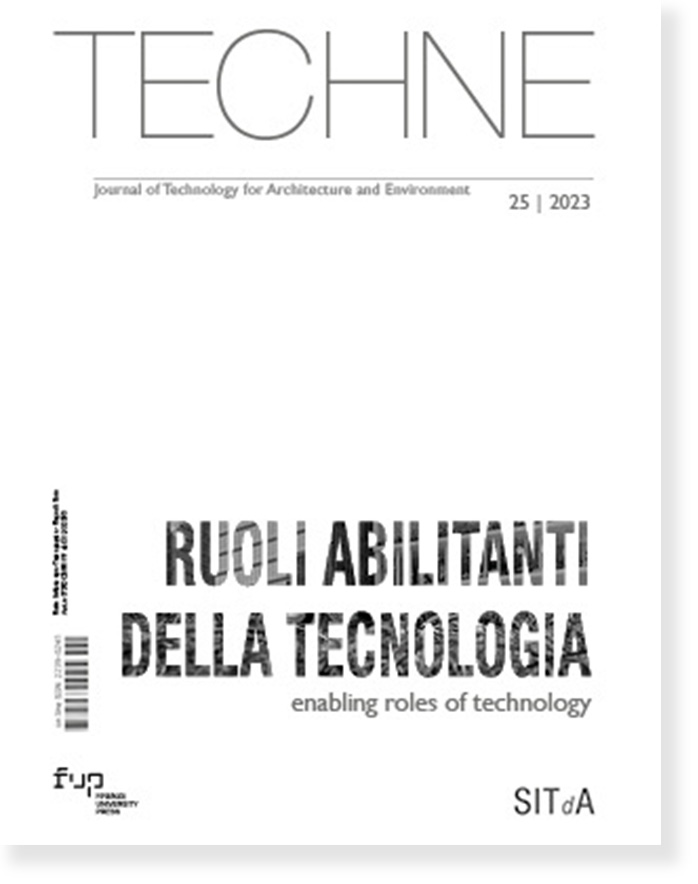Published 2023-05-30
Keywords
- Digital technologies,
- Circular economy,
- Construction sector,
- Co-creation,
- Stakeholder engagement
How to Cite
Copyright (c) 2023 Monica Lavagna, Serena Giorgi, Daniela Pimponi, Andrea Porcari

This work is licensed under a Creative Commons Attribution 4.0 International License.
Abstract
Enabling Technologies have the potential to transform both the physical flow of materials and resources (production and construction methods), and the intangible organisational and managerial relationships (exchange and monitoring of data and relationships along the entire chain of value). They should, therefore, be considered important in supporting change processes aimed at the circular use of resources. This paper presents some research and experiments, at European and Italian level, aimed at developing and applying Enabling Technologies for circular economy, and at aligning them with the needs and challenges of society, by directly involving actors of the building sector ecosystem in moments of discussion and co-creation to define potential strategies and operational actions for innovation in the sector.
Downloads
References
Chauhan C., Parida V. and Dhir A. (2022), “Linking circular economy and digitalisation technologies: A systematic literature review of past achievements and future promises”, Technological Forecasting & Social Change, 177, 121508
Eadie R., Browne M., Odeyinka H., McKeown C. and McNiff S. (2013), “BIM implementation throughout the UK construction project lifecycle: an analysis”, Automation in Construction, 36, 145-151.
EPEA and SundaHus (2017), “Framework for materials passports. BAMB report”, available at: https://www.bamb2020.eu.
Giorgi S., Lavagna M., Wang K., Osmani M., Liu G. and Campioli A. (2022), “Drivers and barriers towards circular economy in the building sector: Stakeholder interviews and analysis of five European countries policies and practices”, Journal of Cleaner Production, Volume 336.
Rau T. and Oberhuber S. (2016), Material Matters L’importanza della materia, Edizioni Ambiente, Milano.
SocKETs Lab italiano (2020). Mapping of Key Enabling Technologies Innovation Eco-Systems. Circular Economy in the Building and Construction Sector in Italy https://www.airi.it/airi2020/wp-content/uploads/2021/06/SocKETs_D1.1_Report_Airi_Final_Website.pdf
Munaro, M.R. and Tavares, S.F. (2021), “Materials passport’s review: challenges and opportunities toward a circular economy building sector”, Built Environment Project and Asset Management, Vol. 11, pp. 767-782.






